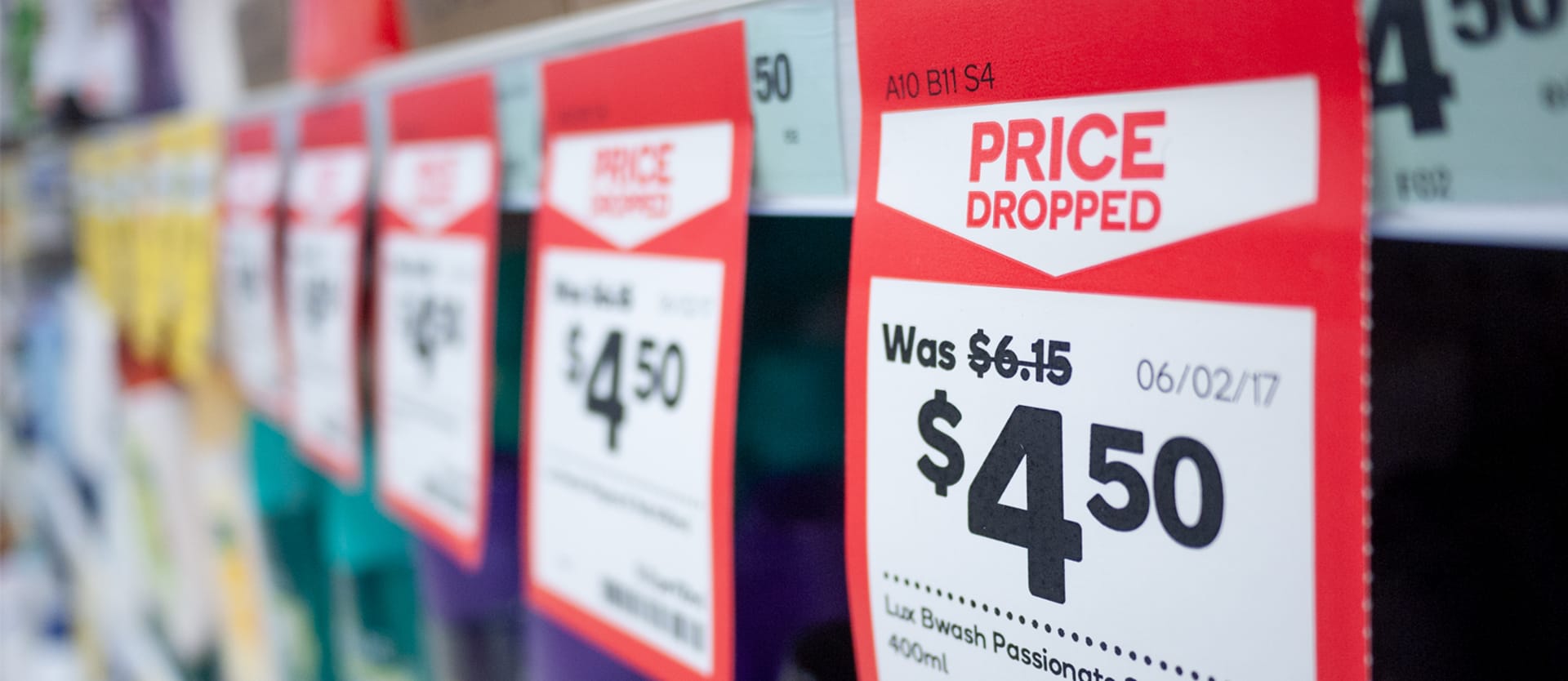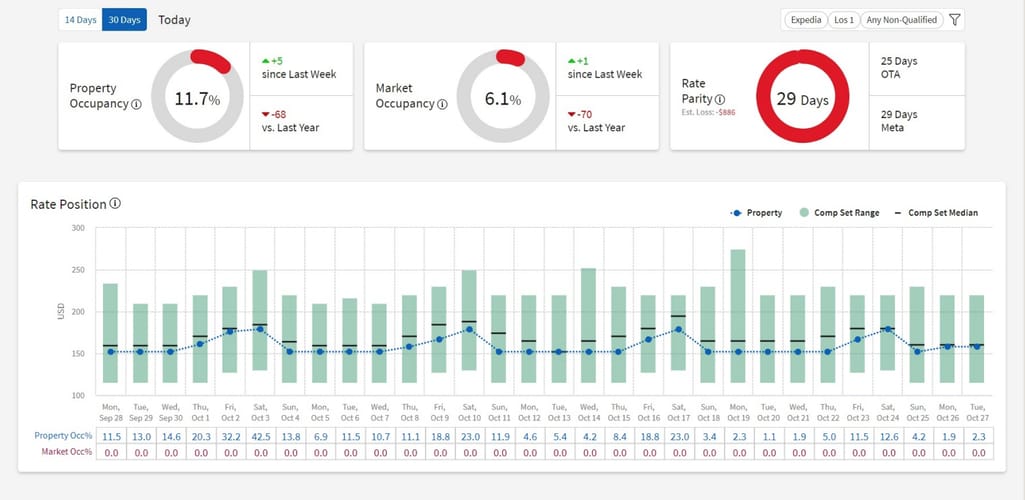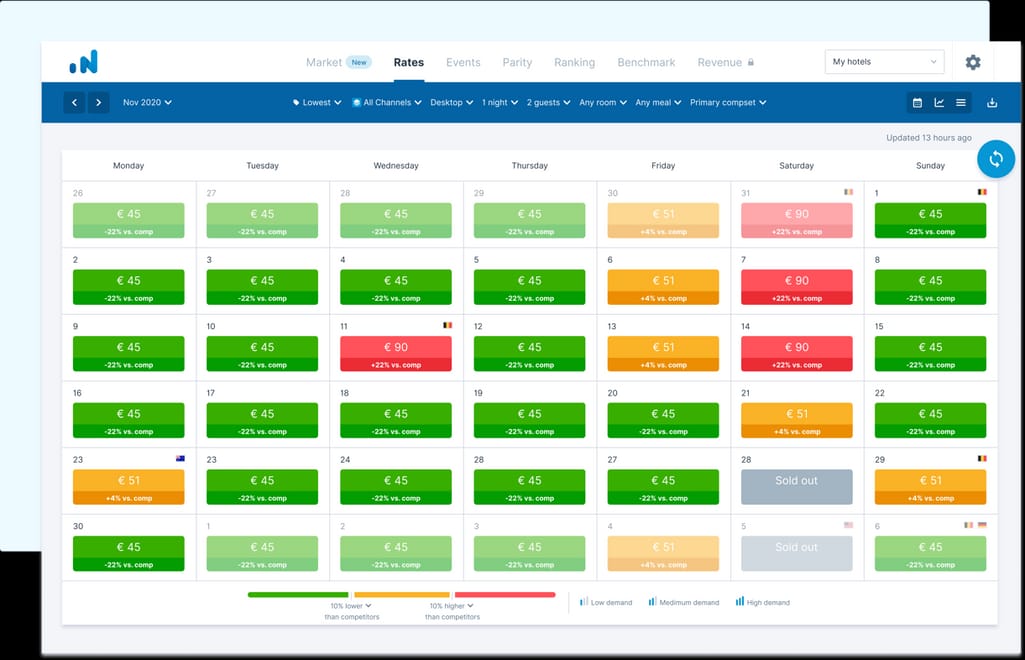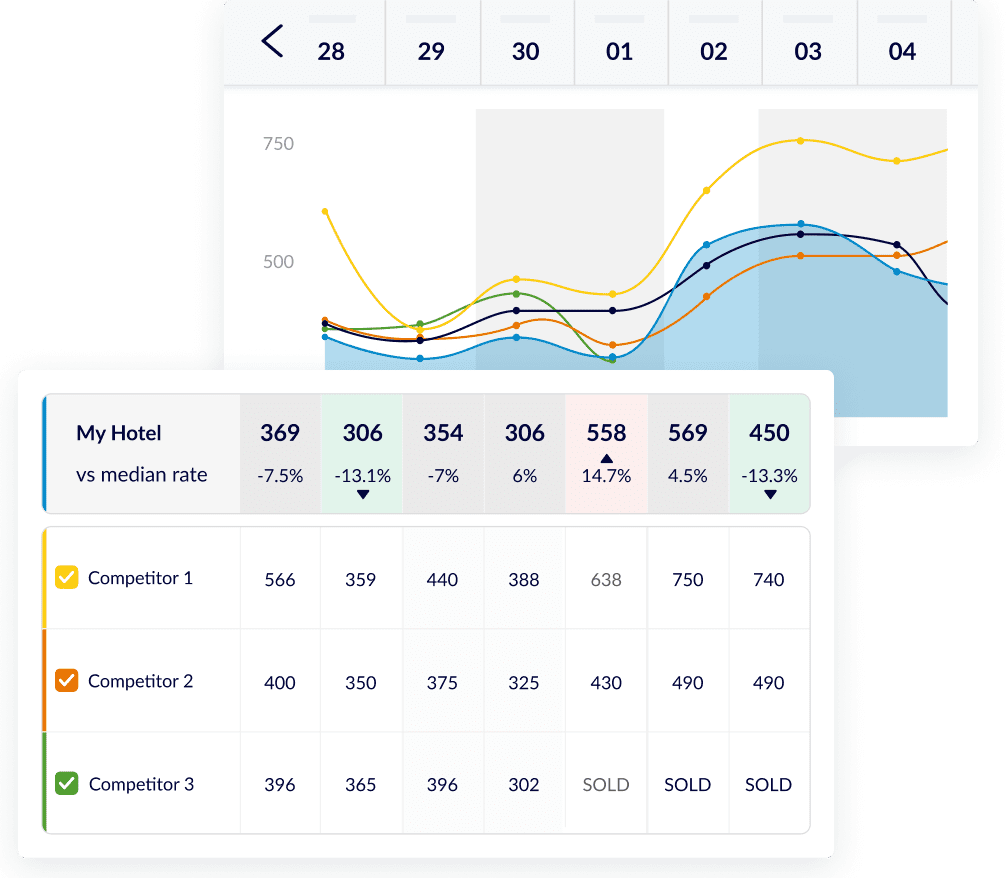Travelers, especially the leisure kind, are particularly sensitive to prices. Be it flights, vacation rentals, or cruises they’re researching, most would put price as the most important factor they’re considering. This human trait is exactly what caused online travel agencies and aggregators to push direct distribution channels into the background.
But does it mean that hotels must get used to living in the OTAs’ shadow and be content with monstrous fees and rate parity rules? Not exactly. We’ve long advocated for the hospitality business to adopt revenue management as their main strategy for succeeding in the current market. Among an RM’s many tools is one that we want to spotlight in this article. Let’s talk about the many ways rate shopping might benefit a hotel's bottom line.
What is rate shopping and rate intelligence?
Rate shopping isn’t reserved for the hospitality business only. Any process of considering different options in terms of price can be called rate shopping. You could say that when travelers skim through propositions on Kayak, they’re rate shopping. But to simplify matters, let’s use this definition: Rate shopping is the process of acquiring rate intelligence.
Analytics is the bread and butter of revenue management. To segment customers into neat little groups, forecast the demand for the season, and determine optimal pricing for each room in an inventory, a hotel must have an innate knowledge of customer and market behavior. To make this knowledge more accessible and useful, it’s typically manifested on business intelligence reports and live dashboards.
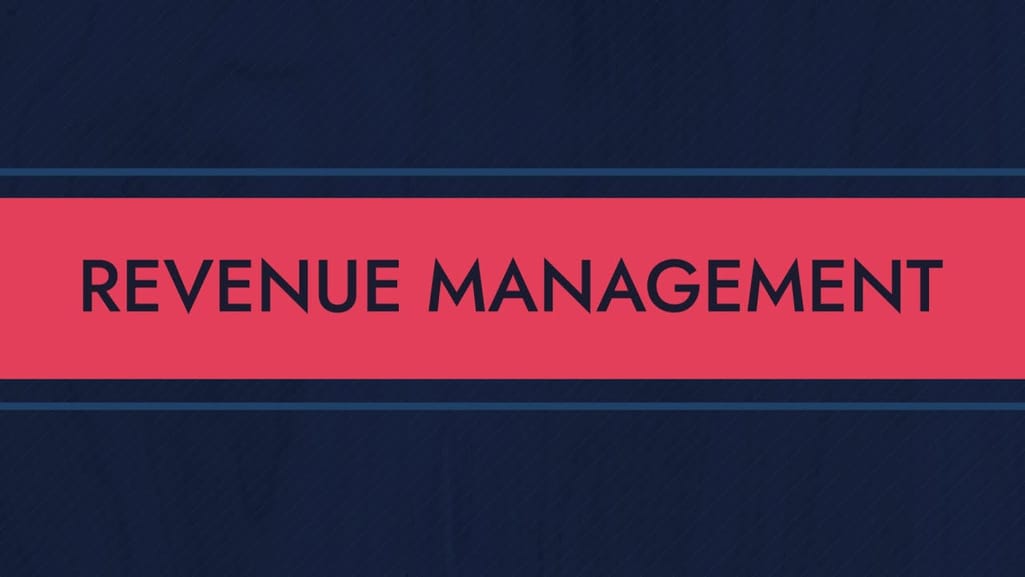

Learn the basics of revenue management in our video
Any sections of those reports that may help hoteliers make informed pricing decisions are considered rate intelligence. Rate intelligence involves using rate shopping tools to compile and display such information about the market as
- competitor rates and your positioning in comparison to them,
- your rates across all channels,
- demand and occupancy in competing hotels,
- events and holidays taking place in your area.
How exactly can this data be used? Provided in real time and conveniently visualized, it’s instrumental in succeeding at the following tasks.
Why use rate shopping tools
What do you do when you acquire rate data? Apart from simply looking at it and adjusting your rates manually, there are a few revenue management tasks that heavily rely on it.
Dynamic pricing and automation
One of the practices of revenue management, dynamic pricing is tasked with setting a price based on current market conditions to maximize your revenue. Commonly used in an airfare setting, the practice can be just as successful with other travel providers, matching room prices to your business costs, competitor prices, or demand changes.
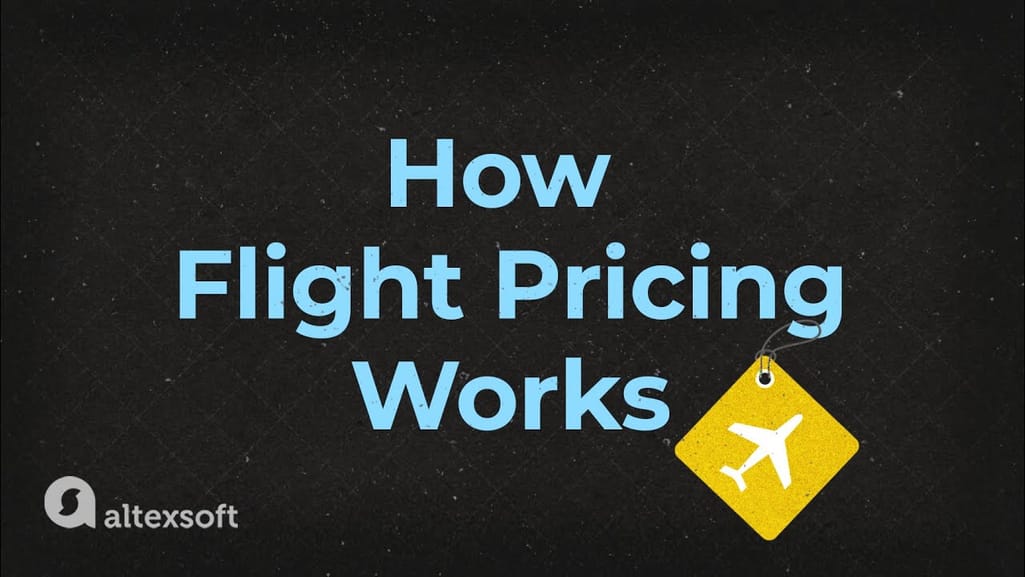

Here's how dynamic pricing in airlines works
Dynamic pricing engines can be based on rules or on machine learning. While in the former scenario, they adjust rates according to “if-then” statements written by experts, the machine learning approach allows the engine to learn those rules independently, improving its performance with each piece of data. You can read more about their distinction in our article on dynamic pricing in travel. But regardless of the engine you’re using, it can do its magic only if it's fed relevant data on the current state of the environment. And one of the main sources of data for them is rate shopping tools.
Demand forecasting
Hotels, much like retailers, want to know how large or small the demand will be. This is the task of demand forecasting. Typically, hotels rely on their own sales data from past periods, which lets them anticipate what months will bring the influx of visitors in what locations and adjust their prices and operations accordingly.
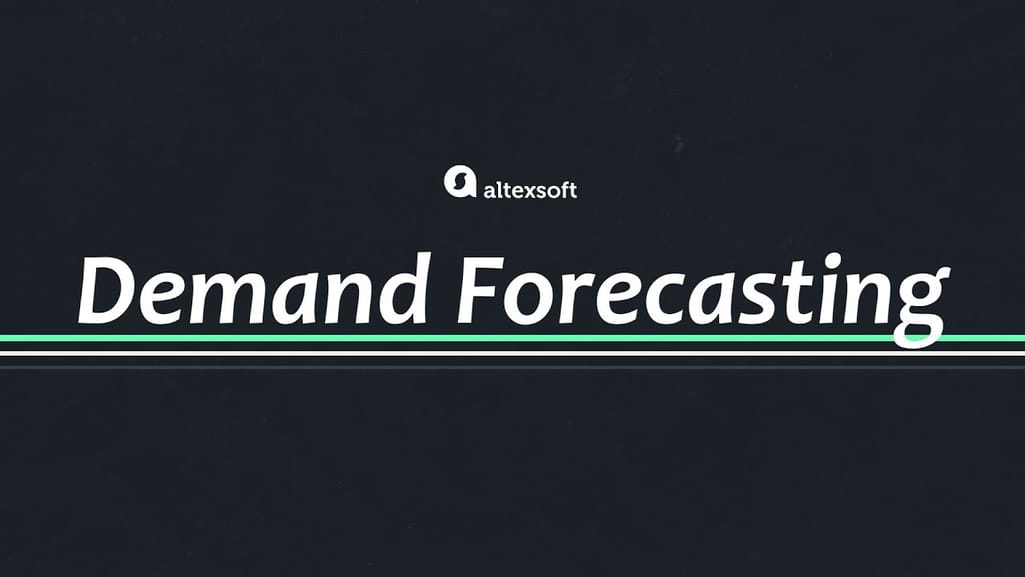

More about demand forecasting techniques in our video
Rate shopping tools can provide a wider outlook by displaying historical and real-life data from other hotels. For example, if you don’t have historical data because you’re a new business or considering opening a property in a different area, you can see competing room rates and their availability as well as track price evolution, which ultimately gives you an insight into others’ pricing strategies.
Rate parity monitoring
You can’t run a hotel business today without working with OTAs. And when you’re listed on many different websites, you want (and are often forced) to ensure rate parity – consistency of prices across all distribution channels, including your own website.
Unfortunately, often, hotels don’t work directly with their distributors, for example, when an OTA gets its inventory from a wholesaler, which may lead to rate disparity, making a price on a hotel website higher than the one on the OTA. Not only does this mean that a hotel gets less business, but it also hurts a hotel’s reputation as guests see their rates as overpriced.
Many rate shopping tools collect information about your rates from all channels and conveniently display them, making it easy to spot disparity without having to manually look for it.
Benchmarking and performance comparison
Using rate and occupancy data from competitors, you can compare your metrics and have clear benchmarking information at any moment. RevPAR, Occupancy Rate, and Average Daily Rate of other hotels and properties will become available to you.
So, how to rate shop?
Rate shopping approaches
At its core, rate shopping is a business intelligence (BI) task, making it a process of capturing and understanding data. This means, that you can approach it in two ways: either by following your own journey with a custom BI rate shopping module or by implementing an existing rate shopping tool. Let’s look at both approaches.
Custom hotel rate shopping
Any business intelligence system works the following way: It extracts data from various sources, then transforms it, collects it somewhere in a central repository, and then displays it as diagrams and dashboards that people can comfortably use. A very simple BI workflow for rate shopping would look something like this.
Source data from hotel rate providers. Internal data on prices and availability will be sourced from a hotel’s property management system (PMS) or central reservation system (CRS), but external data about their rates across other channels and competitor rates and availability may come from such sources as:
- Web scraping tools that parse real-time hotel information from thousands of websites. You can write your own web scraper or use a proxy tool.
- Hotel APIs and vacation rental data providers such as OTAs, GDSs, wholesalers, and other data providers that set up a connection to their vast inventories.
Set up an ETL process. Before being automatically uploaded into your system, data should be cleansed, structured, and enriched with metadata. This happens during the Extract/Transform/Load steps.
Place data in storage. Prepared data must be put into a single repository (data warehouse), from where it will be collected for future use.
Present data in dashboards. Data visualization tools like Tableau, Microsoft Power BI, and data viz libraries assist you in building a user interface with templates and crafting your own dashboard to display data the way you need it.
This method is more time-consuming and demanding in terms of finances and staff resources, but it will ensure that the data you get will respond to your pricing strategy. You can also use rate reports in conjunction with other factors impacting demand such as weather, news reports, social media signals, etc. to build a holistic market overview. Still, getting a rate shopping tool from a provider has its benefits.
Implementing a rate shopping tool
Provided as a separate feature or within revenue management software, there are many rate shopping tools out there. Here’s some basic functionality to look for when considering one.
Up-to-date and high-quality data. Getting live rates is kind of the whole point of using a rate shopper and if data isn’t accurate or complete, it will compromise your whole pricing strategy. Ask your provider how often data is being updated and if there are any data integrity practices in place, such as data mapping.
Extensive comparison options. You must be able to view different room parameters, such as length of stay, number of adults, room type, meal plans, and many more. The same room can be priced differently depending on whether breakfast or other amenities are included, so you should always be sure you’re comparing apples to apples.
Various distribution channels. A rate shopper should provide rates from a variety of channels, from brand.com websites to large and local OTAs, metasearch sites, and global distribution systems (GDSs). Remember that your competitors are also playing a pricing game, so you need a full overview of their strategies to always match up.
Now, in the next section, we’ve compiled a few rate shopping providers for review.
Rate shopping providers
What can you expect from a ready rate shopper that's on the market? Here are a few notable players, their features, and pricing information.
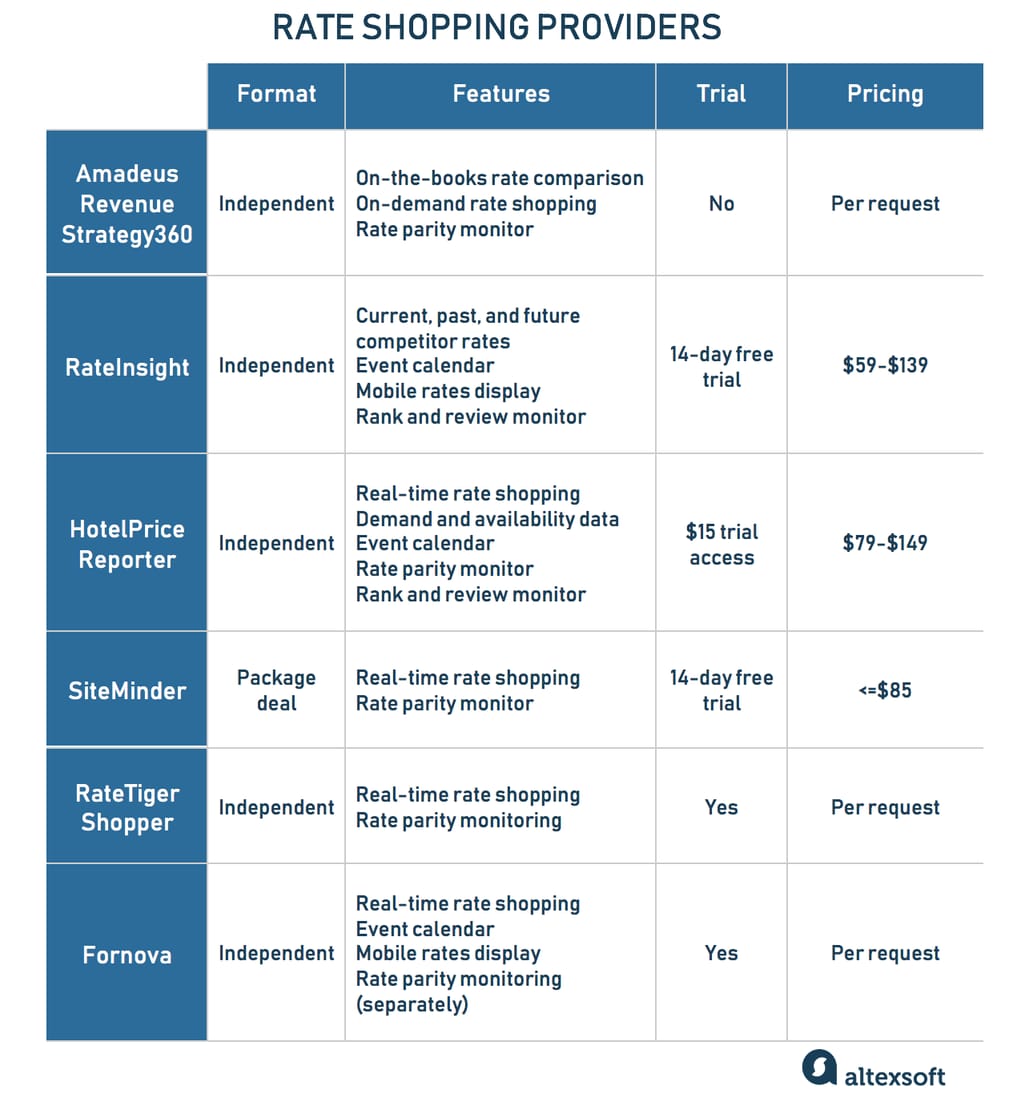
Comparing rate shopping providers
Amadeus RevenueStrategy360
Formerly RateStrategy360, RevenueStrategy360 is a part of Amadeus’ BI suite, but this solution is focused on market insights and pricing analytics. Among Amadeus's clients are Hilton, Marriott, RHG, and more.
They provide data on hotel and market occupancy from over 600 worldwide sources (OTAs, metasearch, etc.), 95 percent of which are sanctioned for rate shopping. Since data comes directly from hotels and brand partners, it’s high quality.
Features include
- on-the-books occupancy comparison,
- daily updated data,
- on-demand rate shopping with a refresh schedule,
- a rate parity checker, and
- alternative accommodation data comparison.
RevenueStrategy360 dashboard
For demo and pricing information, contact Amadeus via a form.
Rate Insight
Rate Insight by OTA Insight is another notable tool that can also be used in conjunction with the provider’s Market Insight and Revenue Insight for ultimate BI capabilities.
Features include
- live information on competitors' current, past, and future rates across OTAs, brand.com websites, and GDS;
- data on room type and length of stay;
- rate parity monitoring add-on;
- displaying both desktop and mobile rates for major OTAs to track mobile promotions;
- local events and holidays monitoring in advance;
- ranking and review monitoring on OTAs and TripAdvisor.
Rate comparison in RateInsight
Rate Insight has a 14-day free trial per request. Their pricing starts at $59 a month if billed annually, but the rate parity checker is separate.
Hotel Price Reporter
Hotel Price Reporter has two tools: a rate shopper and a price comparison widget to put on your website. Regardless of such a modest offering, the provider offers robust functionality with instant account activation and free setup and onboarding.
Features include
- rate monitoring for up to 18 competitors;
- live rate data;
- rate parity monitor;
- comparison by room types, number of adults, and length of stay;
- room availability in your area;
- hotel rank monitoring; and
- an events diary.
You can get trial access for $15. Pricing starts at $79 a month with a limit of 6 competitor properties to monitor.
SiteMinder
Rate shopping by SiteMinder is available only through its full channel management platform in the BI module. Though they may not have the most comprehensive rate intelligence capabilities, it’s a valid option for people in need of a great channel manager.
Features include
- viewing up to 10 competitors in a single dashboard,
- real-time rate intelligence,
- daily rate shopping updates, and
- rate parity insights.
Rate comparison in SiteMinder
There’s a 14-day free trial and the package with rate intelligence starts at $85 a month. If you’re a multi-property business, enquire for a price separately.
RateTiger Shopper
RateTiger provides a plethora of hotel software, including CRS, a booking engine, and a channel manager, though all solutions are available separately. Its Shopper tool accesses over 1000 travel and hotel sites and 4 GDSs for rates. They also have a wide range of integration partners, so ask your PMS or other hotel software provider if they have ready integration with RateTiger.
Features include
- a rate parity checker,
- alerts on competitor room rate changes,
- live rate comparison by different parameters,
- machine learning-based rate anomaly detection across channels.
There’s a free trial available, but for a price estimate, contact them directly.
Fornova
A hotel BI solutions provider, Fornova is used by Marriott, Accor Hotels, Hyatt, NH hotels, and more. Fornova has four products to give you full command of your data, one of which (Competitive Intelligence) can be used for rate shopping capabilities. They track 100,000 hotel brand.coms, OTAs, metasearch, and car rental sites.
Features include
- detailed compset benchmarks,
- real-time rate monitoring by channel and room type of up to 15 competitors,
- special promotions monitoring on mobile apps,
- event and demand calendar, and
- data anomalies alerts.
For rate parity functionality, you’d have to use a separate solution called Distribution Intelligence.
Rate shopping in Fornova
Free trial is available; contact them directly for price details.
Using rate data in the wild
Incorporating rate shopping data into your analytics dashboards is, of course, useful, but not very beneficial by itself. It’s what you do with that data after that matters. To make sense of it and rely upon it in your day-to-day business decisions, you still need a human expert – a revenue manager – on the team. Even with automation and a dynamic pricing engine in place, someone has to oversee those rates, write and adjust business rules, create compsets, and so on.
Independent hotels and vacation rental owners can review rate shopping data manually every day, even without any automation. Data insights alone would give them a competitive advantage and provide command over their revenues.
Enterprises and multi-property operations need to integrate rate shoppers into their revenue management system and assign a revenue manager who would spend their days neck-deep in rates data. Such businesses would also benefit a lot from custom rate analytics.
